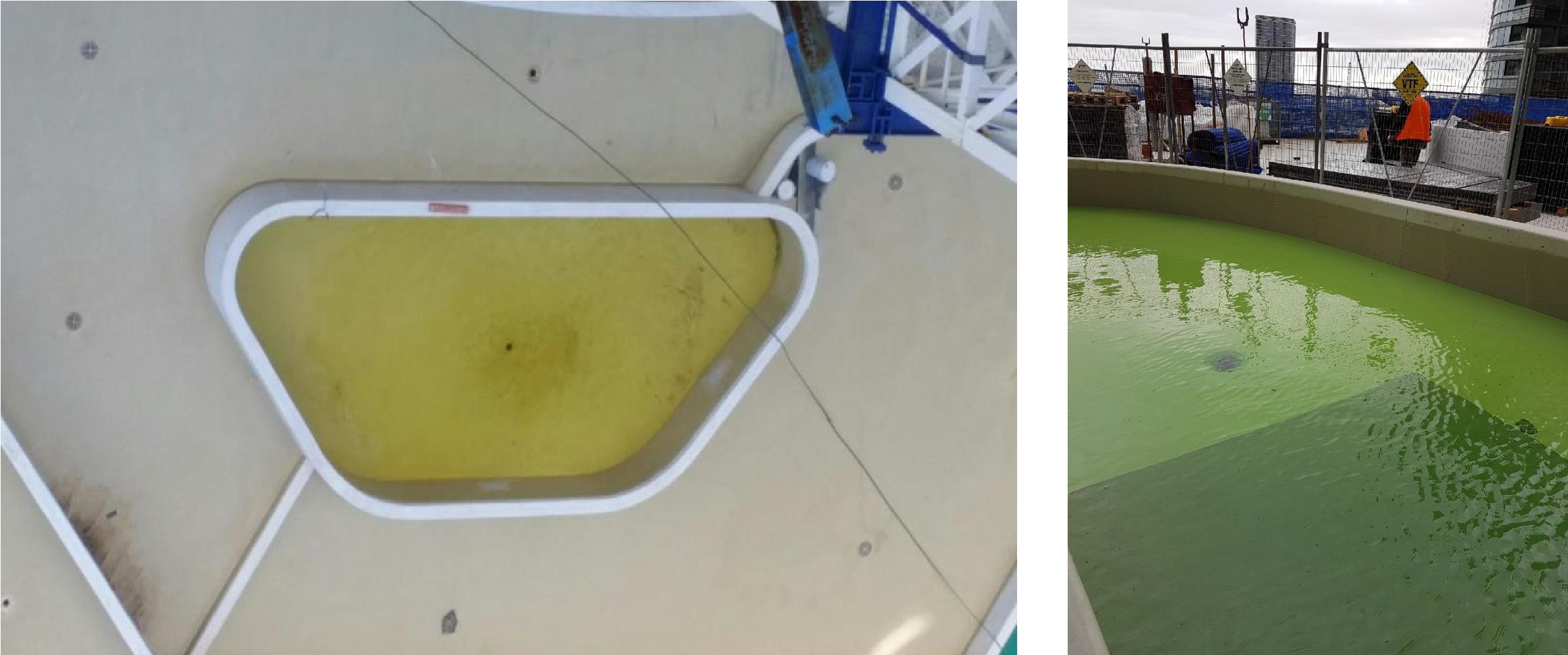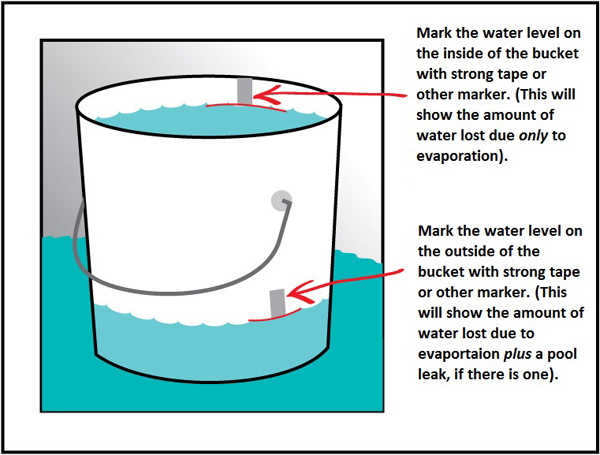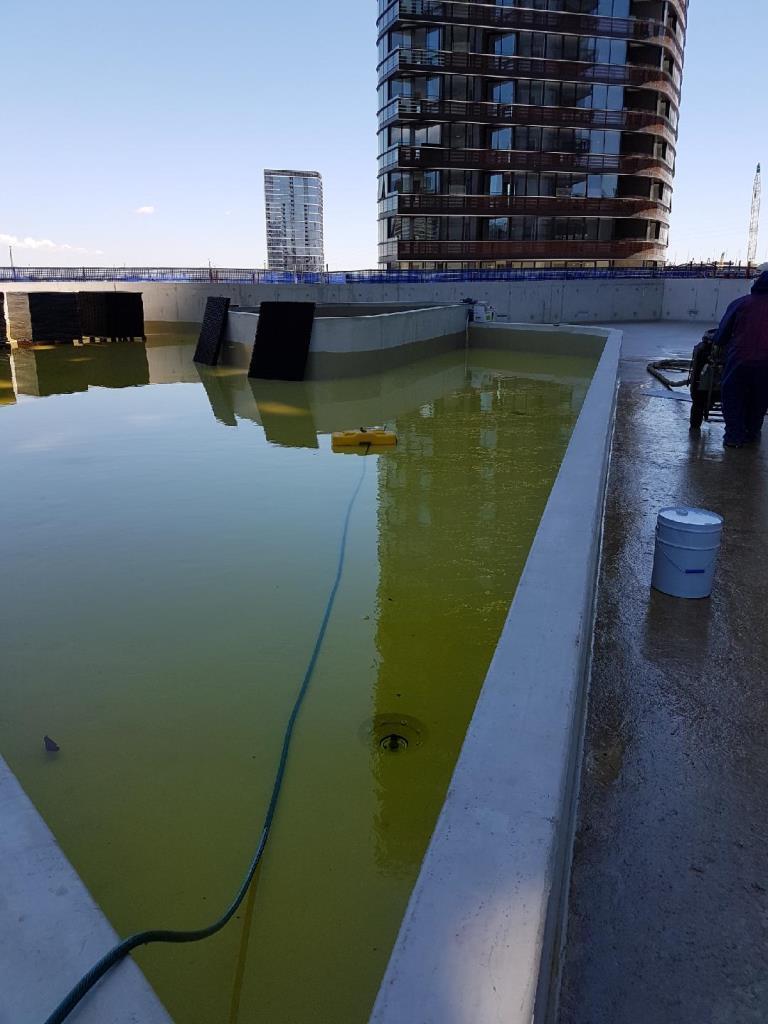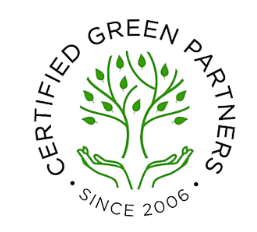Title Page
-
Site conducted
-
Audit Title/ Project Name
-
Client / Site
-
Level
-
Conducted on
-
Prepared by
-
Location
-
Company Name here.........
Phone: 1300 .............
Address: here..................
ABN here 123456789
CONDITIONS OF USE OF REPORT:
-
1. The opinions expressed in this report are based upon a reasonable preliminary visual and flood testing, conducted with reasonable care. These are the conditions of acceptance of this report.
2. This report is copyright and must not be reproduced or copied in any form without prior written approval.
3. This report is not intended for use by any other person or third party other than the named client. This report is not to be used or quoted except as a complete document including all appendices.
The report is not a guarantee or warranty, but is a professional assessment of the membrane, or part thereof, at the time of our review.
INTRODUCTION
-
Company Name...... has been engaged by the client to carry out Flood testing and visual inspection and produce a membrane assessment report. This report is based on the flood test results and visual inspection only, whereby structural sampling, or similar has been carried out.
Our investigation was conducted as per the above date and location.
Additional information, in the form of structural and architectural plans, was also supplied by the Client following these site visits, and these were reviewed by our office.
Photographs, taken on the day of inspection and during subsequent reviews, have been included as an attachment as part of this report. Photographs have not been edited or doctored other than the addition of descriptive text boxes and arrows to highlight the nominated items for the attention of the reader.
LIMITATIONS
-
This report has been specifically prepared for the organisation noted on the cover of the
report. No responsibility or liability to any third party is accepted for any loss or damage arising from the use of this report by any third party. Any third party wishing to act upon any material contained in this report should confer with Strong Seal for detailed advice to take into account that party’s particular requirements This report should not be used for any other project.
DESCRIPTION OF FLOOD TESTING PROCEDURE
-
-
PART 1 - GENERAL
-
1.1 SUMMARY
A. The Client engages (Company Name) as an Agent to provide a Technician to perform flood testing to verify that membrane is free of any holes, open seams or capillary defects that will allow water to pass. Flood test report shall include:
Tests shall be witnessed and signed off by client's personnel and the technician.
Provide a report of the test including as a minimum the following -
1. The date & time the test commenced.
2. The date and time the test was concluded.
3. The location of the test. Use plans marked to show the area tested.
4. Type of Substrate tested.
5. Membrane being tested.
6. Materials used in temporary works.
7. Location of leaks (if any).
8. Location and method of repair to leaks (if any).
9. Draw down or water added during the test.
10. Observations made at the commencement and conclusion of the test.
1.2 SUBMITTALS
A. Field Quality-Control Reports: Prepare and submit a hard copy and digital reports with a description of the Strong Seal techniques employed, summary of findings, and drawings of the tested areas with the locations of any defects accurately mapped on the drawing.
1.3 QUALITY ASSURANCE
A. Installing and Testing Qualifications: The approved Strong Seal Technician shall have a previous experience providing flood testing services on projects of similar size and scope. -
1.4 BREACH-FREE CERTIFICATION
A. Breach-Free Certification of Membrane Integrity: At the conclusion of the testing, the (Comapny Name) shall provide a Breach-Free Certification of Membrane Integrity, provided the following conditions are met:
1. Head Contractor provides the time in the program to repair any defects located with the testing.
2. Repair materials have sufficient time to set up to allow the Technician to flood testing to retest any problem areas.
3. All repairs pass retesting. -
PART 2 - EXECUTION
-
To conduct the flood test -
1. Temporarily close any drains by use of inflatable drain plugs. Sponges and the like are not acceptable. For large areas install temporary bunds.
2. Fill the test area with clean potable water. Dies may be used to assist in identification of failures if they are nontoxic and non-staining and approved by the membrane manufacturer. There are two acceptable methods of introducing the test water to the test area - made from plastic or aluminium angles to create discrete sections which are to be tested individually. The angles must be sized to ensure the minimum amount of water retained will be not less than 30 mm in depth to a maximum of 100 mm at any location in the test area. For sheet membranes an acceptable alternatives are to create bunds with a Flood Test Containment Assembly constructed with suitably sized sacrificial strips of the membrane or polyethylene plastic sheet, sealed to the deck, and folded up 90 degrees. These strips must be supported outside of the bund area so that they will retain the test water for the duration of the test. See detail sheet 1735 for further details of the Flood Test Containment Assembly. -
2.1. Bucket (preferred method for internal areas) –
2.1.1.Carefully carry a bucket filled to about 80% capacity into the test area so as to prevent splashing of the water on approach and adjacent to the test area.
2.1.2.Carefully pour the water out of the bucket so as to prevent splashing of the water onto areas adjoining the test area.
2.1.3.Repeat until the minimum height of water is achieved -
-
2.2. Hose (must have a nozzle fitted, preferred method for external areas) –
2.2.1.Bring the hose to the test area with the water turned off and the hose filled with any water.
2.2.2.Place the nozzle3 of the hose not less than 1.0 metre inside the test area and secure in place by placing a sand bag or heavy weight or similar on the nozzle.
2.2.3.Turn on the water flow slowly
2.2.4.Turn off the flow of water when the depth reaches the minimum level. so that spurting or splashing does not occur. -
-
3. Allow the water to stand undisturbed for 24 hours.
NOTE: If filling of the test area is completed at noon, do not inspect before noon the following day.
4. In exposed locations during hot weather, low humidity and windy conditions evaporation may require the test water to be topped up. However this may also be an indication that the membrane is not watertight. If topping up is required check the adjoining areas first. If no leakage is observed top up the test water as detailed at point 2 above and continue the test. If the test water completely dries out the test is invalid and must be repeated.
5. After 24 hours has elapsed visually inspect all adjoining areas including pipe penetrations and the floor below (if accessible) to identify if test water has escaped the test area.
6. Record result -
6.1. If no leakage is observed the test area may be put into service.
6.2. If leakage is observed carry out repairs and repeat test until successful.
7. Upon successful completion of the test discharge the test water in a suitable manner and carefully remove all temporary works used.
Install temporary protection to completed membrane in readiness for following trade. -
8. The Technician shall maintain communication with the Head Contractor’s representative regarding the number and locations of breaches detected.
-
3 FIELD QUALITY CONTROL
A. (Company Name) shall repair or remove and replace components of membrane system where test results indicate holes, open seams or capillary defects that will allow water to pass.
B. After repairs, retesting in repaired areas will be performed by (Company Name) to verify the integrity of the membrane.
-
END OF SECTION -
Project documentation
-
Attach picture of site
Summary report
-
Instructions
------------------
1. Answer "Yes", "No", "N/A" for the questions below
2. Attach any relevant notes and photos by clicking on the paperclip icon -
Additional information in the form of structural and architectural plans supplied by the Client following these site visits, and reviewed by our office?
-
Document below each flood test location and nominate whether it was a pass or fail.
Breaches & issues identified:
-
Flood test locations:
Flood test Location #
-
Location description & any relevant comments:
-
Add media
-
Pass or Fail of flood test
-
(Company Name) has performed / recommends that all breaches are repaired to manufactures specifications and guidelines?
-
(Company Name) has performed/ recommends that a flood re-test is performed to confirm the integrity of the membrane repairs?
-
Marked-up locations of flood test on drawings:
Areas of Concern:
-
Areas of concern that do not register on the flood test but may require further inspection and detailing of the membrane are identified below:
Area of Concern #
-
Add media
-
Comments:
Completion
-
(Company Name) technician Report sign off:
-
Client Site supervisor sign off:
-
Company Name Here ......
Phone: 1300 ............
Address: Here ........................
ABN here ...................






















